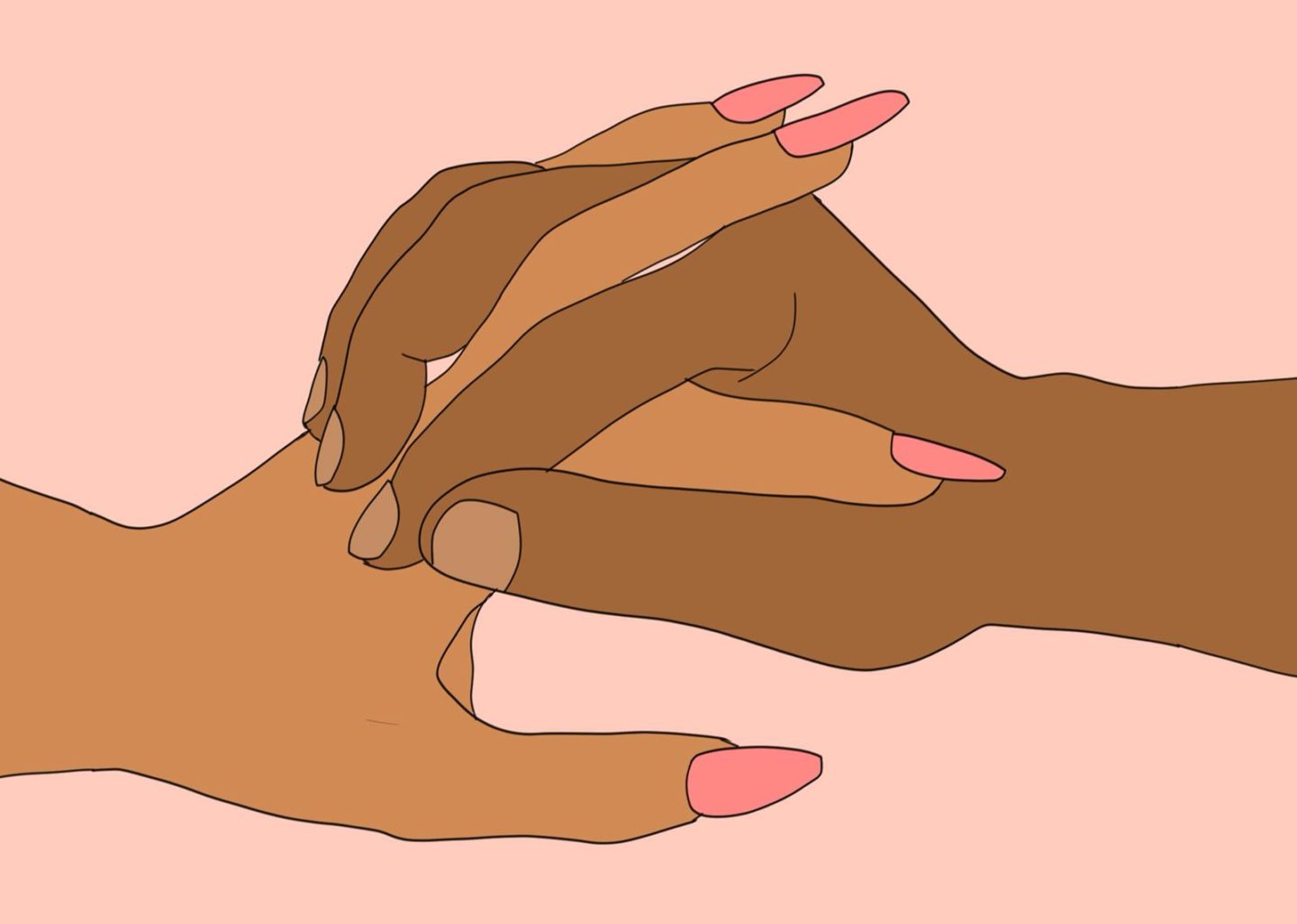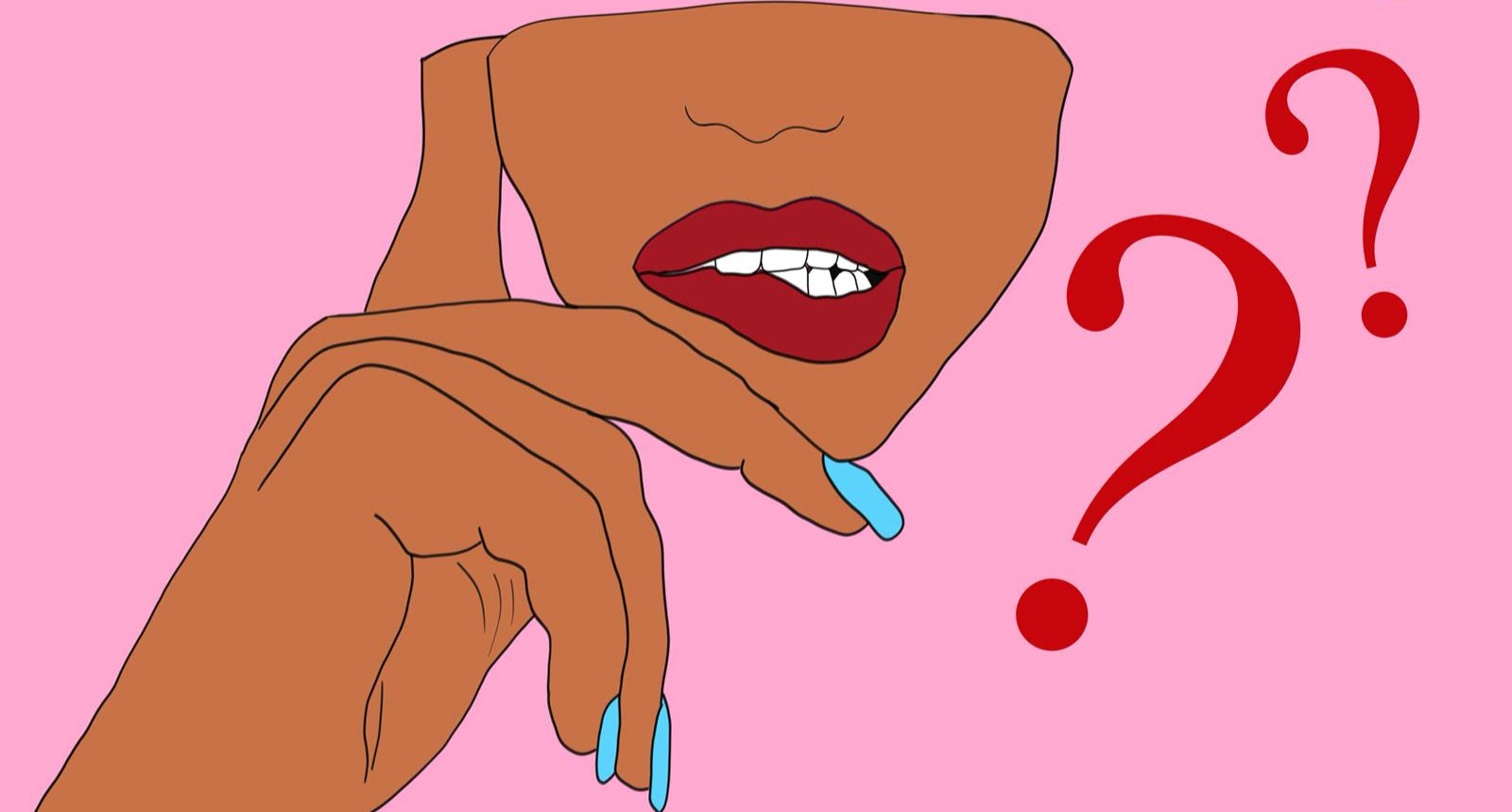So you’ve heard of the gender pay gap. But what about the orgasm gap? Coined by Dr. Laurie Mintz in her book ‘Becoming Cliterate,’ the orgasm gap refers to the notion that, in heterosexual relationships, men are having far more orgasms than their female partners.
Let’s take a took at the statistics. According to a 2016 study, 95% of heterosexual men reach climax all or most of the time during partnered sex, compared to just 65% of women. Clearly there’s a problem. But what’s the reason for such a disparity? Why does this orgasm gap exist?
Clito-what?
You’ll probably know the clitoris as the small sensitive thing right at the top of your vulva. Well, you’re not wrong. But did you also know that the clitoris extends into the body, branching out into bulbs inside the tissue of the vagina? Neither did I, until I read Lynn Enright’s book, ‘Vagina: A Re-education‘.
Like many experts, Lynn Enright argues that the orgasm gap is largely down to the mystery surrounding the clitoris. “Over millennia,” she writes, “the clitoris has been unmentioned, ignored, overlooked, deleted.” It has been omitted from textbooks, disregarded from sex education and even branded as a symbol of “sexual immaturity.”
But this cultural ignorance of the clitoris is highly problematic. Why? Because the clitoris is an integral part of female pleasure. In fact, 75% of women need clitoral stimulation in order to reach orgasm. Our failure to acknowledge the clitoris, then, marks our failure to acknowledge female pleasure – a view of sex that has been born directly from our male-centric world.
The clitoris is the only organ in the human body with the sole purpose of pleasure. And it belongs to women. If that doesn’t call for a celebration, I don’t know what does.
Girls masturbate too
Let’s journey back to secondary school. A time where, for teenage boys, classroom chat was centred around wanks and wet dreams. Where masturbation was a symbol of growing up, of becoming a man.
But secondary school for girls was an entirely different experience. While our male peers spent their break times comparing wanking material, for girls, masturbation was a taboo subject. And so we grew up believing that female pleasure was somehow weird, shameful, something we didn’t discuss. With so much embarrassment surrounding female masturbation, it’s no surprise that many girls are too afraid to explore their bodies. And those that do are too afraid to talk about it.
Luckily, more and more organisations are shining a light on female masturbation in an attempt to close the orgasm gap. Among these is The Pink Protest with their movement #GIRLSWANKTOO – a celebration of female pleasure through art and film. The more open discussions we have about female masturbation, the closer we get to ending the stigma that surrounds it.
Is porn to blame for the orgasm gap?
When it comes to our view of sex, the porn industry has a lot to answer for. One of the main concerns with modern-day porn is that it paints a very unrealistic picture of sex. From body image to male performance, porn leaves us with many expectations of ourselves and our partners, most of which couldn’t be further from reality.
But how does porn affect the orgasm gap? It doesn’t take much to notice a pattern with heterosexual porn – that is, lots of vaginal penetration and very little clitoral stimulation. Yet, what we see are women unfailingly experiencing these earth-shattering and highly exaggerated orgasms. And now that we know this isn’t how most women reach climax, we can understand the root of the problem. It’s hardly surprising, then, that women over the world are being left unsatisfied in the bedroom.
For the sake of the sisterhood, stop faking it!

According to research, 68% of women have faked an orgasm at some point in their lives. Whether this is down to the expectation that they should ‘perform,’ not wanting to hurt their partners feelings, or simply not being in the mood, this notion of ‘faking it’ is a huge problem.
Whatever the reason behind it, one thing’s for sure: the more we continue to fake our orgasms, the longer this gap will exist. Rather than faking our orgasms to fulfil sexual expectations and satisfy stereotypes, it’s imperative that we educate our partners about our bodies. We need to learn to communicate, be honest about what we want, and not be afraid to demand pleasure.
How can we close the orgasm gap?
While it’s true that a lot of the changes need to come from above, there are things we can do to help narrow the gap. First of all, don’t be afraid to explore your own body. Get intimate with yourself and learn what works for you. Because if you don’t know how to please yourself, let’s face it, your partner won’t either.
Don’t forget, communication is key. We need to get into the habit of being open and honest in the bedroom and stop being afraid to communicate what feels good and what doesn’t.
And lastly, always remember that female pleasure is something to shout about. Whether we’re online, out for lunch with our friends or in the bedroom with our partner, let’s talk about sex but also make orgasms central to our discussions about sex. Let’s make it our collective mission to end the stigma.
Find more relationship articles >
Written by Hannah Hussein
Illustrated by Francesca Mariama

